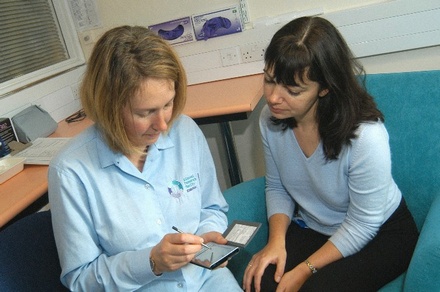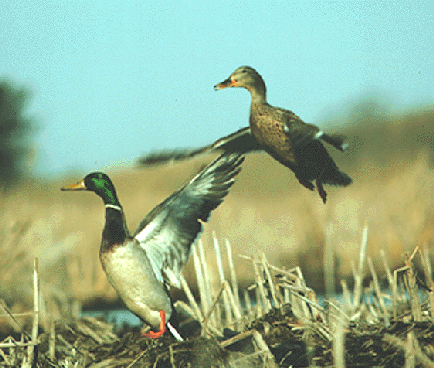 Notes on a Schema
Notes on a SchemaThere have been some studies written on a schema called "the sick role" which defines a person...
 Defining Dallas: Drought and the Forest
Defining Dallas: Drought and the ForestWe got a tenth of an inch of rain yesterday -- such a microscopic amount. The pond levels...
 Defining Dallas: Symptoms of Pond Mortality
Defining Dallas: Symptoms of Pond MortalityThe drought continues and our ponds shrink at Trinity River Audubon Center. I'm torn between...
 Defining Dallas: Drought And The Heat Island Effect
Defining Dallas: Drought And The Heat Island EffectAs with everything, my insatiable curiosity leads me to adventures. This past week I went...






